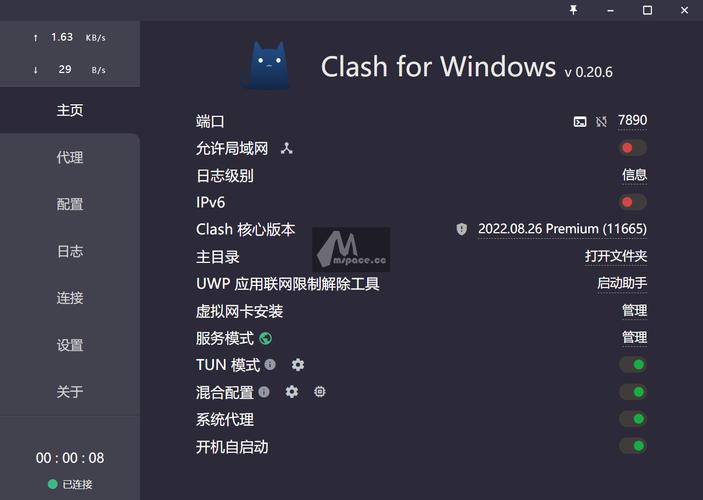Are you looking to create your own iOS application but feel overwhelmed by the complexity of coding? Fear not! With the help of ChatGPT, even a complete beginner can develop an app in no time. Let’s dive into the fascinating journey of creating a fitness tracking app, step by step, using the power of ChatGPT.
Understanding the Basics
Before we embark on this exciting journey, it’s essential to understand the basic steps involved in developing an iOS application. Here’s a quick overview:
| Step | Description |
|---|---|
| 1 | Download and run Xcode |
| 2 | Configure your project |
| 3 | Understand the launch templates |
| 4 | Run the app |
Now that we have a clear understanding of the basics, let’s move on to the next step.
Setting Up the Project
Once you have Xcode installed, it’s time to set up your project. This involves creating a new project and selecting the appropriate template. For our fitness tracking app, we’ll choose the “Single View App” template.
After creating the project, you’ll be prompted to configure it. Here, you’ll need to provide a product name, team, organization identifier, and a bundle identifier. Make sure to choose a unique identifier for your app to avoid any conflicts.
Designing the User Interface
The user interface (UI) is the face of your app. It’s crucial to design a user-friendly and visually appealing interface. In our fitness tracking app, we’ll focus on the following elements:

- A central timer displaying the number of calories burned
- Two buttons to increase or decrease the calorie count
- Color coding to indicate whether the current calorie count is good or bad
Using Xcode’s Interface Builder, you can drag and drop UI elements onto your canvas. Connect the elements to their corresponding properties in the code to make them functional.
Implementing the Logic
Now that we have the UI in place, it’s time to implement the logic behind it. This involves writing code to handle user interactions, update the calorie count, and display the appropriate colors.
ChatGPT can be a valuable asset during this phase. You can ask it questions like, “How do I update the calorie count when the user clicks the + button?” or “How can I change the color of the timer based on the calorie count?”
Enhancing the App
Once the basic functionality is in place, it’s time to enhance the app with additional features. Here are a few suggestions:
- Dynamic calorie burn graph
- Integration with health data from the device
- Customizable goals and reminders
ChatGPT can provide guidance on implementing these features, as well as offer suggestions for improving the overall user experience.
Adding App Storage
As your app grows, you may need to store data locally. This can be achieved using App Storage, which allows you to save and retrieve data even after the app is closed.
ChatGPT can help you understand how to use App Storage, including how to save and retrieve data, as well as how to handle data persistence across app launches.
Testing and Debugging
Before releasing your app, it’s crucial to thoroughly test and debug it. This involves running the app on different devices and simulators, as well as checking for any bugs or performance issues.
ChatGPT can assist you in identifying and fixing bugs, as well as providing tips on optimizing your app’s performance.
Releasing Your App
Once you’re confident that your app is ready, it’s time to release it to the world. This involves submitting your app to the App Store, where it will be reviewed by Apple before being made available to users.
ChatGPT can guide you through the app submission process, including preparing the necessary assets and documentation.


